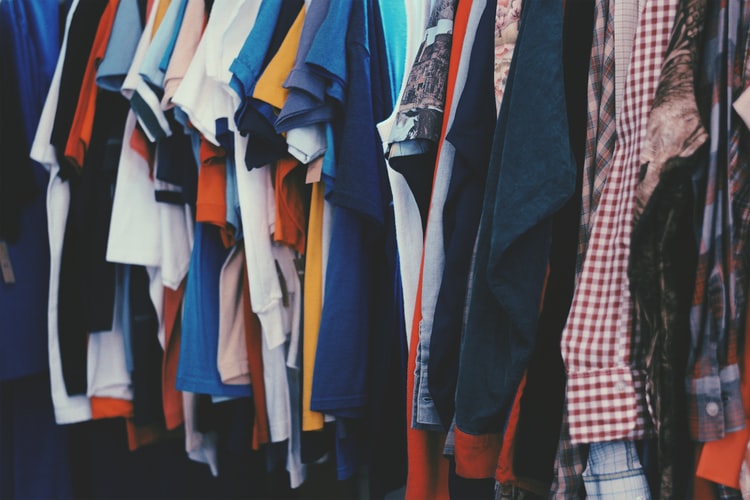Just what is a sustainable fashion? Is it ethical fashion? And if so, how does it differ from other types of ethical fashion? After all, the three big labels in the fashion industry – Clothes Inc., Wal-mart, and Gap – all claim to support eco-friendliness, but how can we tell which is true? The bottom line, really?

Inclusivity And Sustainability
Ethical fashion brands: The bottom line? Good companies can support workers rights while still producing goods that damage the planet, and they can also label themselves as eco-friendly while still neglecting their employees. So, just what is the difference between sustainable and ethical fashion? The fact that companies recycle paper, that they use recycled plastic in their production process, that they purchase non-woven fiber and hemp clothing, that they re-use water during manufacturing – all of these are forms of responsible fashion production. In fact, many people say that these are some of the principles of “Green Business”.
Sustainable fashion: On the face of it, sustainable fashion seems like the ethical equivalent of sustainable clothing production. After all, most of the materials that go into making a garment are used in ways that cause minimal environmental damage. After all, this seems like an idealist position to take. After all, it would be unthinkable to make clothes that did not have any effect on the environment.
However, there is a tension between sustainability and ethical production. As it turns out, ethical production might just be a better term for sustainable fashion. With this type of clothing, the materials that are used are recycled (and, in some cases, reused) for the sake of the world’s resources. These clothes also have a long lifespan and contribute to the preservation of the planet’s resources. Since they are more expensive than conventional textiles, they tend to be more expensive as well.
In short: ethical production is about respecting the earth’s resources, while sustainable fashion production practices are about treating people reasonably and respecting people’s dignity. The term, sustainable fashion, was coined by the writer, environmentalist, and activist, Ralph Lauren. It refers to a range of products, including clothing, that are produced with a longer lifespan, by people who are conscious of their impact on the planet. Materials such as organic cotton, recycled plastics, microplastics, and natural fibers are used, which cause less damage to the planet than non-biodegradable materials. Clothes made from recycled plastics, microplastics, and natural fibers can withstand climate change and acts of nature without being affected.

Conclusion
Today, this type of production is becoming more common in the apparel industry, especially as fast fashion takes a hold in most countries. In fact, the rise of the organic movement and the sustainable fashion industry may soon see these practices become the norm rather than the exception. Even major clothing companies are beginning to adapt. One example is Burberry, which is replacing its sheepskin boots with sheepskin shoes made from sustainable fibers. Though consumers have slowly become socially and environmentally conscious, the fast fashion industry has yet to catch on to this.

